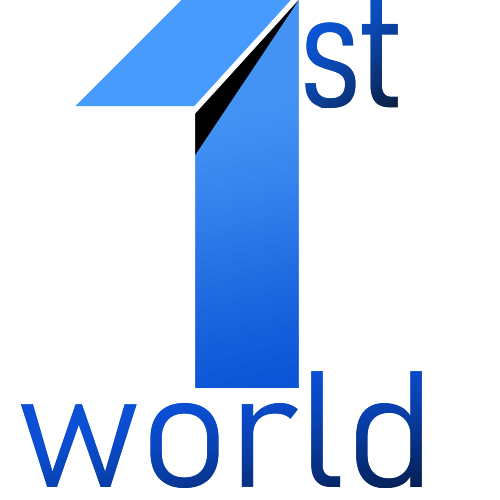
17 May SEARCHING FOR TRANSFORMATION
There’s a piece in the Jan/Feb edition of Harvard business review that could almost have been written for us. When I say “us” I am talking about both the Executive Search capabilities of 1st Executive (1stexecutive.com.au) and our new joint venture with Xenergie Consulting in Ireland and the UK which resulted in Xenergie APAC (xenergie.com.au).
The article is entitled “Reinventing Your Leadership Team” and was compiled by Paul Leinwand, Mahadeva Matt Mani and Blair Sheppard – all from PwC.
There is an explicit acknowledgement that transformation has moved beyond the merely digital. In the Xenergie Group we have been highlighting the external challenges that are forcing systemic transformation onto organisations for some time.
We have also explored deeply the learning curve that executives need to go through in order to deliver this kind of change. More on that later.
The article says of organisations that “Their top people must be able to reimagine the company’s place in the world and transform the organisation to live up to a more ambitious purpose.” This statement alone turns the notion of the C-Suite delivering incremental improvements, year-on-year, to progressively drive shareholder value, on its head.
Within the article there are numerous references to the ecosystems within which companies and other organisations exist, how these need to be nurtured and the recognition that “Companies have to switch from competing with rivals to cooperating with partners in networks and ecosystems to create value in ways that no single organisation can manage alone”.
Xenergie has developed an accredited advanced diploma in the Strategic Transformation of Organisations for senior transformation executives and is now offering access to this program in the Asia Pac region.
COMPETING TO SURVIVE, HAS BECOME COLLABORATING TO THRIVE!
The article, quite rightly, summarises “six paradoxical expectations of leaders” all of which juxtapose the long-term leadership dilemma of combining thinking and doing. Typically, the extent to which organisations feel that their top leaders are “best in class” in both elements of this dilemma is only half of the level of importance that organisations place on each element. In effect, they are reflecting that, much of the time, leaders lean towards being either thinkers or doers.
Clearly, this presents major limitations when it comes to driving transformational change.
The suggested plan to rectify this is quite neat. The key steps are: identifying the leadership roles needed for transformation, putting the right team together (which is good news for Executive Search practitioners) , focusing that team on transformation and then for the CEO to take ownership for the leadership team’s behaviour. The last point seems to be an implicit recognition that it is almost inevitable that without this ownership, leadership teams will fall back into the paradigm of the past and the present, leaving the future largely unresolved.
There are of course some case study examples of organisations identifying the need to both “perform and transform” because without the former, the latter is not possible and certainly cannot be funded. There is also an acknowledgement that transformation processes need to include a “plan-do-check-act” approach that is not too dissimilar from the methodology that Eric Ries advocates in The Lean Start Up.
However, at both 1st Executive and Xenergie APAC we feel that a couple of big issues which are touched on are not explored in enough detail.
SYSTEMIC CHANGE STARTS WITH THE LEADER
The first of these is that such change requires systemic transformation. The transformation and reinvention of systems. Systems that this piece acknowledges cannot serve the real challenge of transformation going forward. The systems of the last 20 years of the 20th century and the first 20 years of the 21st century are simply not equipped to deal with the devastating societal implications of extreme weather, Covid 19, global political upheaval, war in Europe, major disruptions of supply chains and the mobility of people for work and leisure to mention just a few.
Not only that, the minds of leaders have rarely been fuelled with the education and experience that is required to envision such a monumental transformation.
Ironically, it was back in 2007 that Otto Scharmer first published Theory U. He identified three types of listening that represented the blind spot that prevents leaders from acting from the “highest future possibility”. He then discussed developing a capability – “generative listening” that allows the future to come to us. Without delving too deeply into his work here, Scharmer is very clear that a change in personal understanding is fundamental to working towards real transformation.
It is the need to help organisations find and support the people who will transform themselves and their own thinking, in order that they may build new systemic change, that led to the joint venture between 1st Executive and Xenergie.
Encouraging leaders to let go of the past in order that a future state, without blindspots, can be envisaged and brought to life for organisations is a shared mission. Overlay this with the insights from Leinwand, Mani and Sheppard and transformation will surely occur, and for the better.
Follow us at:
https://www.linkedin.com/company/xenergie-apac
And
